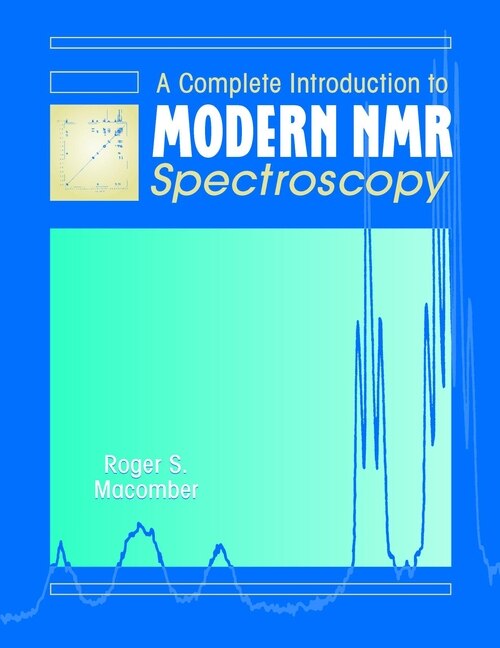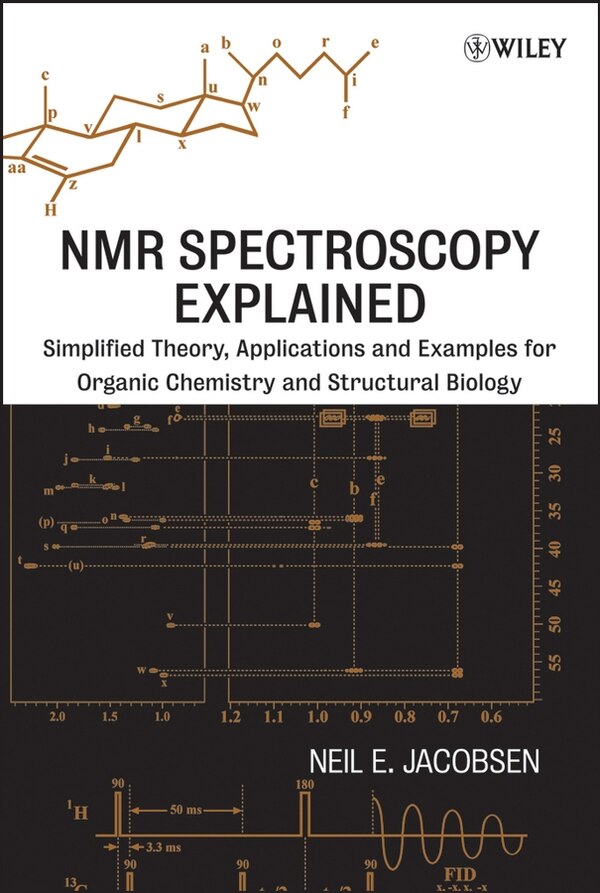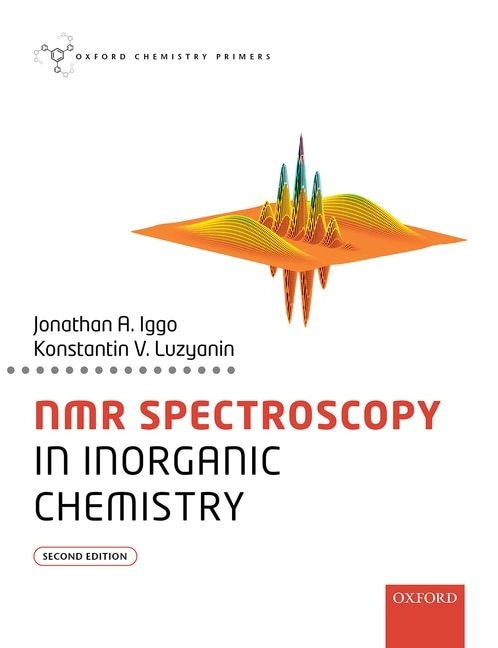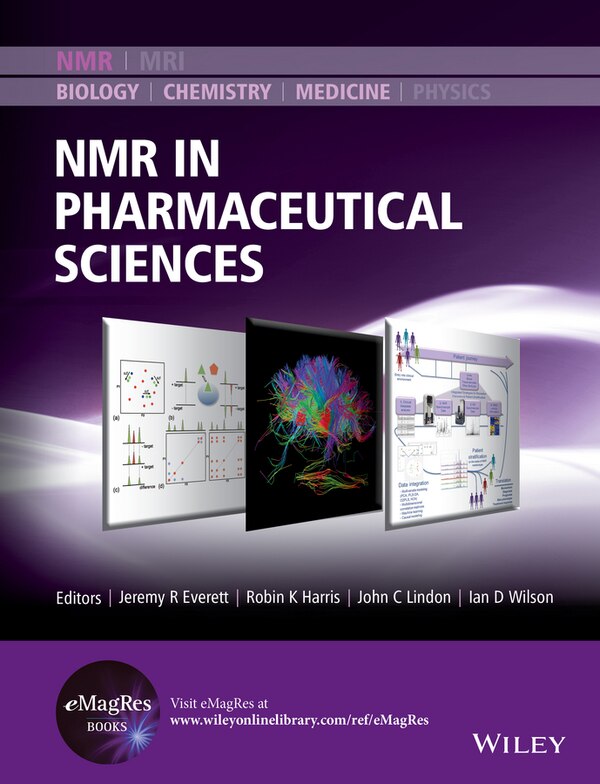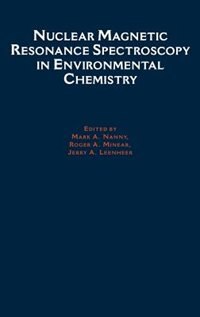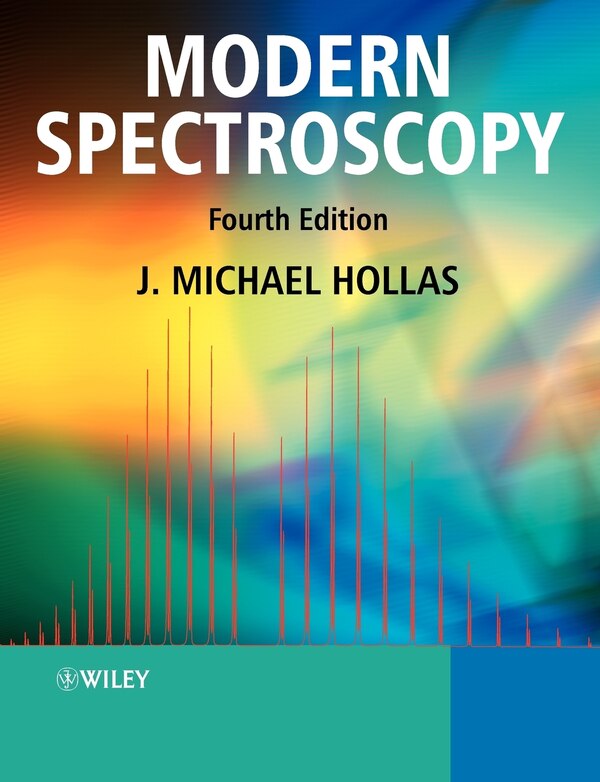Home
Modern NMR Spectroscopy by Jeremy K. M. Sanders, Paperback | Indigo Chapters
Loading Inventory...
Coles
Modern NMR Spectroscopy by Jeremy K. M. Sanders, Paperback | Indigo Chapters
From Jeremy K. M. Sanders
Current price: $204.99
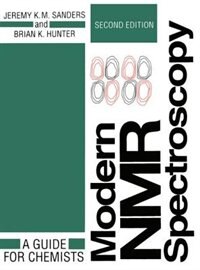

Coles
Modern NMR Spectroscopy by Jeremy K. M. Sanders, Paperback | Indigo Chapters
From Jeremy K. M. Sanders
Current price: $204.99
Loading Inventory...
Size: 1.9 x 24.6 x 690
*Product information may vary - to confirm product availability, pricing, shipping and return information please contact Coles
Nuclear magnetic resonsance (NMR) spectrocopy is the most powerful research tool used in chemistry today, but many chemists have yet to realize its true potential. Recent advances in NMR have led to a formidable array of new techniques - and acronyms - which leaves even the professionalspectroscopist bewildered. How, then, can chemists decide which approach will solve their particular structural or mechanistic problem?This book provides a non-mathematical, descriptive approach to modern NMR spectroscopy, taking examples from organic, inorganic, and biological chemistry. It also contains much practical advice about the acquisition and use of spectra. Starting from the simple 'one pulse' sequence, the textemploys a 'building block' approach to lead naturally to multiple pulse and two-dimensional NMR. Spectra of readily available compounds illustrate each technique. One- and two- dimensional methods are integrated in three chapters which show how to solve problems by making connections between spinsthrough bonds, through space, or through exchange. There are also chapters on spectrum editing and solids. The final chapter contains a case history which attempts to weave the many strands of the text into a coherent strategy. This second edition reflects the progress made by NMR in the past few years; there is a greater emphasis on inorganic nuclei; some two-colour spectra are used; the treatment of heteronuclear experiments has moved from direct to 'inverse' detection; many new examples and spectra have beenincluded; and the literature to early 1992 has been covered. An accompanying text, Modern NMR spectroscopy: A workbook of chemical problems, by Jeremy Sanders, Edwin Constable, and Brian Hunter, is available from OUP. Using a combination of worked examples and set problems, this workbook provides a practical guide to the accurate interpretation of NMRspectra, which will be of value to students and professional scientists alike. | Modern NMR Spectroscopy by Jeremy K. M. Sanders, Paperback | Indigo Chapters


